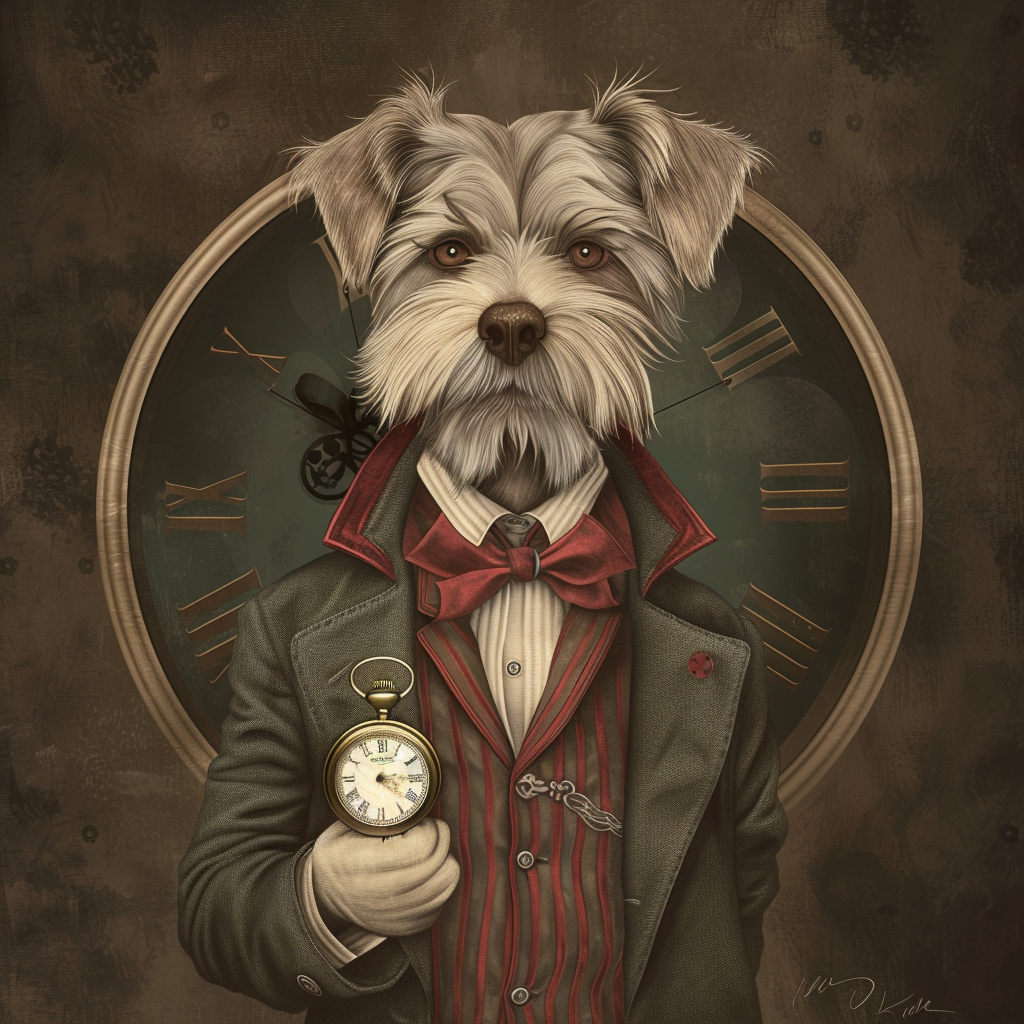Tips for Helping Your Dog Adjust to the Time Change
Sure you one of those who loves daylight savings time. I am. I wait for this day all through the dark of winter. I love having more light at a time in the day when it is warmer and I can use it. As the seasons change and daylight savings time rolls around, many of us find ourselves adjusting our clocks and schedules to accommodate the shifting hours of daylight. But what about our furry friends? Dogs, like humans, can be sensitive to changes in their routine, and the transition to daylight savings time can disrupt their internal clock and leave them feeling disoriented or out of sorts. Here are some some helpful tips and strategies for helping your pup adjust to the change to daylight savings time so that they can continue to thrive and flourish.
1.Gradually Adjust Their Schedule
One of the most effective ways to help your dog transition to daylight savings time is to gradually adjust their schedule in the days leading up to the time change. Start by gradually shifting their meal times, walks, and bedtime by 10-15 minutes each day, gradually bringing them closer to the new schedule. By making small adjustments over time, you can help your dog's internal clock gradually adapt to the change, minimizing any disruption to their routine. this also works after the time change. Start off with keeping them on the old schedule and gradually adjust.
2. Maintain Consistency and Routine
Dogs thrive on routine and consistency, so it's important to maintain as much of their regular routine as possible during the transition to daylight savings time. Stick to regular mealtimes, walks, and play sessions, and try to keep other aspects of their daily routine consistent as well. This will help your dog feel secure and grounded during the transition period, reducing stress and anxiety associated with the change.
3. Provide Plenty of Exercise and Mental Stimulation
Exercise is essential for helping dogs adjust to changes in their routine, so be sure to provide plenty of opportunities for physical activity and mental stimulation during the transition to daylight savings time. Take your dog for extra walks or play sessions to help them burn off excess energy and keep them occupied during the day. Engage them in interactive games, puzzle toys, or training sessions to provide mental stimulation and prevent boredom.
4. Create a Calm and Relaxing Environment
Changes in routine can be stressful for dogs, so it's important to create a calm and relaxing environment to help them feel safe and secure during the transition to daylight savings time. Keep noise levels low, provide a comfortable and cozy sleeping area, and create a soothing bedtime routine to help your dog wind down and prepare for sleep. Consider using calming aids such as pheromone diffusers or calming CBD supplements to help reduce anxiety and promote relaxation.
5. Monitor Their Behavior and Adjust as Needed
Pay close attention to your dog's behavior during the transition to daylight savings time and be prepared to adjust their routine as needed based on their individual needs and preferences. Some dogs may adjust quickly to the new schedule, while others may require more time and patience to adapt. Monitor their sleep patterns, appetite, and energy levels, and make adjustments to their routine as needed to help them feel comfortable and secure. My Leo is very regimented about the schedule while my Maggie adjusts easily.
6. Be Patient and Understanding
Above all, be patient and understanding with your dog during the transition to daylight savings time. Changes in routine can be challenging for dogs just like they are for humans, and it may take some time for them to adjust to the new schedule. Offer plenty of reassurance, love, and attention, and be patient as they adapt to the changes. With time and patience, your pooch will soon settle into their new routine and continue to thrive and flourish as before.
The transition to daylight savings time can be a challenging time for all, but you can make the best of it and help your pets as well. I know I love the time change because it gives me more hours in the even when it is light enough to walk my dogs, so even though we will all be losing an hour of sleep, I am happy about the change.

